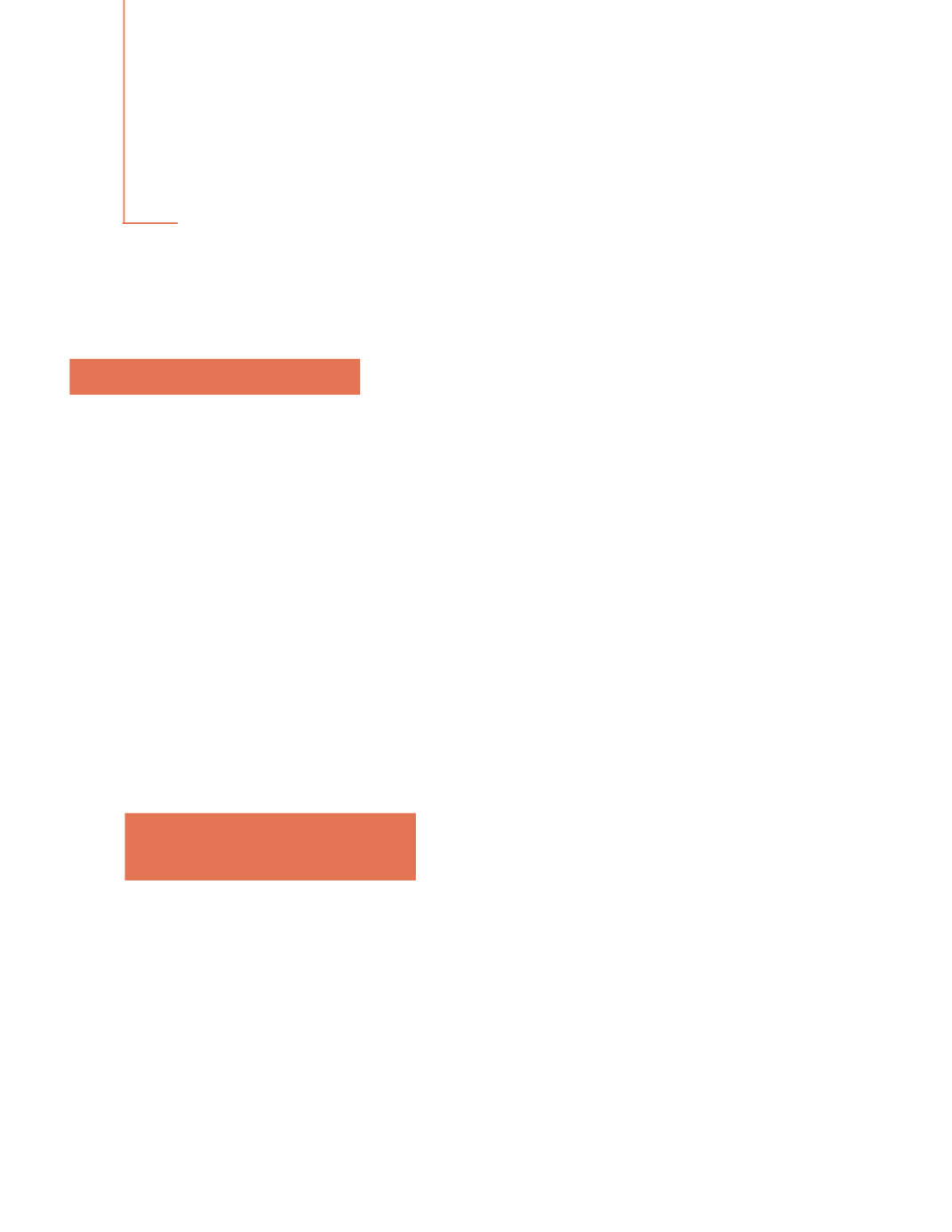
191
Combined Treatment
18
Choroidal neovascularization in AMD has become a
serious medical and social problem. One of the reasons
for this problem is ageing of the population. However, a
better understanding of this disease and the emergence
of new treatment options have been witnessed in recent
years.
We combine agents that target angiogenesis-promoting
cytokines with capillary occlusion therapies, such as
photodynamic therapy (PDT) and, more recently, PDT
combined with an anti-VEGF and a corticoid, with a
view to achieve a synergistic action, with improved out-
comes, reduced retreatment frequency and more sus-
tained effects
(1,2)
.
This additive effect allows patients to be treated with
lower doses, entailing added value through increased tol-
erability and decreased costs
(3)
.
2. Health economics in AMD treat-
ment: efficacy versus efficiency and the
importance of equity
2.1 Seeking efficacy and efficiency – resource saving
The efficacy of a given drug or technique is assessed when
comparative studies of visual outcomes are performed. If
the observed outcomes are identical to those observed in
previous studies it is concluded that no apparent advan-
tages result from using the technique or drug in question.
However, if the number of treatment sessions decreases,
a smaller number of medicine vials is used or patients
visit the hospital less frequently, it is concluded that the
efficiency of the drug or method is greater. Drugs and
methods that are equivalent in terms of efficacy may vary
widely in terms of efficiency. We are thus faced with effi-
ciency gains and better use of resources – more patients
are treated with the same budget!
This theoretical improvement in clinical efficiency has
the advantage of reducing the number of treatment ses-
sions, with a consequent decrease in the cost of drugs
used to treat each patient. Since each patient will make
less visits to the hospital, the number of medical, nursing
and technical staff hours required will decrease, the same
occurring for equipment operation times and time spent
at hospital premises
(4)
.
It is referred in recent studies that the cost of drugs rep-
resents the greatest percentage of AMD treatment costs,
as opposed to usual health cost distribution, where the
largest percentage, of approximately 40%, corresponds
to staff costs. Calculated cost percentages for treatment
with pegaptanib correspond to 17% for staff and 70%
for the drug; for treatment with the ranibizumab proto-
col, 83% of costs are associated to the drug
(5,6)
.
2.2 Combined treatments – visual outcomes and effi-
ciency results
Although it has not been definitely proved (large mul-
ticentric, randomized, controlled studies are in course)
that the visual outcomes of combined treatments, double
or triple, are better than those observed for the gold stan-
dard treatment, consolidation of published studies refer-
ring a reduction in the number of retreatment sessions
would be desirable. However, improved treatment effi-
cacy evidenced by better visual outcomes and an even-
tual reduction in the number of complications would
also be desirable
(9,7)
.
Calculated costs of 1 year of treatment per line of visual
acuity were $84 for treatment with bevacizumab, fol-
lowing a regimen of treatment when necessary (PRN),
and $766 for treatment with ranibizumab, following the
gold standard protocol. Combined treatment costs var-
ied between $71 and $269
(6)
.
1. Introduction
Authors:
Mário Guitana, MD
1
Victor Ágoas, MD
2
Teresa Luísa Quintão, MD
2
José Henriques, MD
2
1
Lisbon Ophthalmologic Centre, Lisbon, Portugal.
2
Gama Pinto Ophthalmology Institute, Lisbon, Portugal.


